LABORATORIO DE ECOFISIOLOGÍA DEL ESTRÉS ABIÓTICO EN PLANTAS
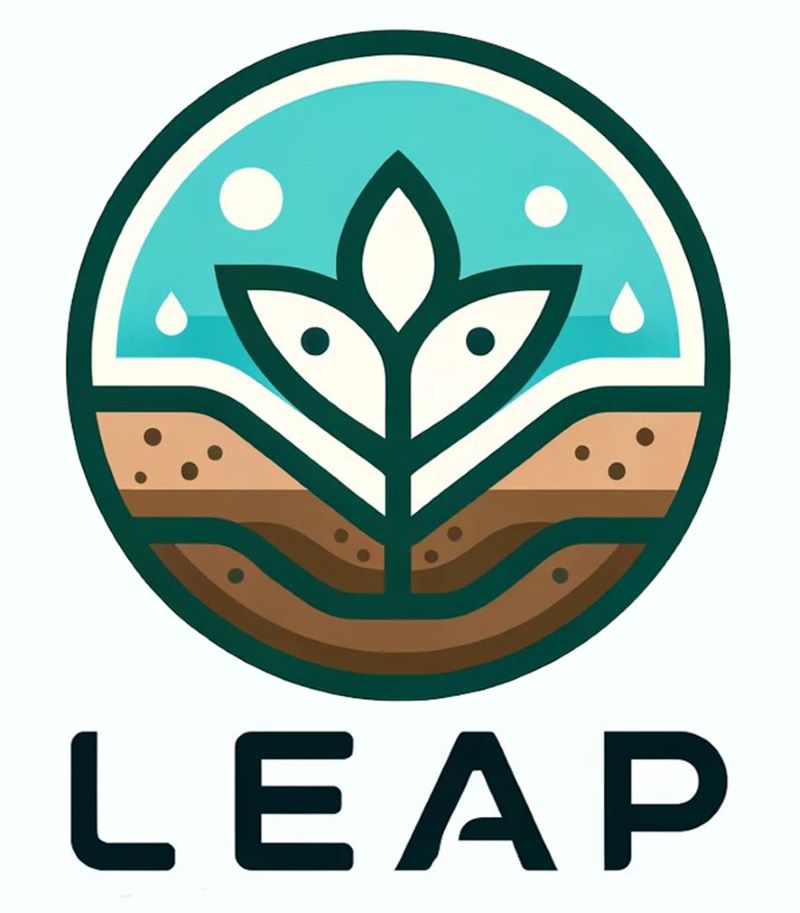
El objetivo general del laboratorio es el estudio de mecanismos ecofisiológicos relacionados con los efectos y respuestas al estrés abiótico (i.e. inundaciones, sequía, salinidad, defoliación, deficits nutricionales), ocurriendo de manera aislada, combinada o secuencial, en plantas de interés agronómico.
Abordamos preguntas de interés y novedad en relación a la tolerancia del estrés abiótico en parámetros asociados con la germinación y desarrollo de plántulas, respuestas ecofisiológicas de plantas adultas y parámetros productivos a nivel de canopeo asociados con la supervivencia al estrés, la recuperación de las tasas de crecimiento post-estrés y la persistencia de las plantas en ambientes con limitaciones.
INTEGRANTES
Dr. Agustín A. Grimoldi

Investigador Principal CONICET
Profesor Asociado FAUBA – Cátedra Forrajicultura
Dr. Gustavo G. Striker

Investigador Independiente CONICET
Profesor Asociado FAUBA – Cátedra Fisiología Vegetal
Dr. Federico P. Mollard

Investigador Independiente CONICET
Profesor Adjunto FAUBA – Cátedra Fisiología Vegetal
Lic. Cs. Amb. Florencia Buraschi
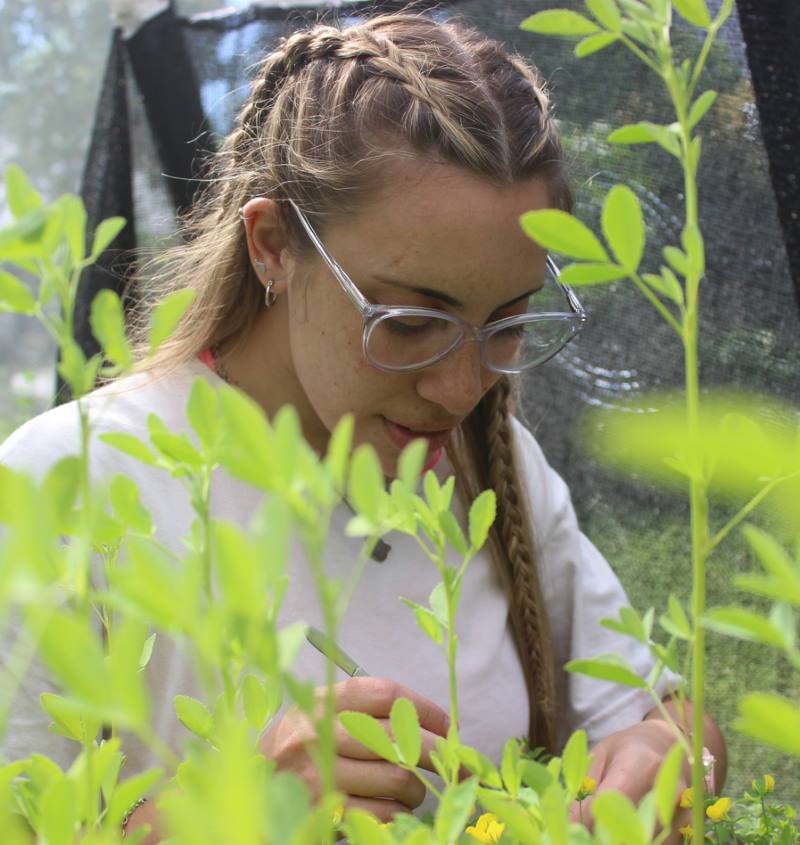
Becaria Doctoral CONICET
Ayudante 1° FAUBA – Cátedra Fisiología Vegetal
Ing. Agr. María José Adis

Becaria Doctoral FONCyT
FAUBA – Cátedra Fisiología Vegetal
Ing. Agr. Ariel Valverde

Becario Doctoral UBACyT
Ayudante 1° FAUBA – Cátedra Fisiología Vegetal
Ing.Agr. Juliana Echeverry Holguín

Becaria Doctoral CONICET
Ayudante 1° FAUBA- Cátedra Fisiología Vegetal
PUBLICACIONES
(2019-2024)
- Ploschuk RA, Miralles DJ, Kavanová M, Striker GG. 2024. Identifying the numerical components affecting soybean (Glycine max) yield under waterlogging at reproductive stages. Journal of Agronomy and Crop Science 210:e12764 (DOI: 10.1111/jac.12764)
- Striker GG. 2024. “Oxygen transport and plant ventilation”. En M. Nakazono, J Sakagami (eds) Responses of Plants to Soil Flooding. Chapter 9. Pp 139-156. DOI: 10.1007/978-981-99-9112-9. Springer Nature. ISBN 978-981-99-9111-2
- Grimoldi AA, Di Bella CE. 2024. Forage plant ecophysiology under different stress conditions. Plants 13, 1302. (https://doi.org/10.3390/plants13101302)
- Buraschi FB, Mollard, FPO, Di Bella CE, Grimoldi AA, Striker GG. 2024. Shaking off the blow: plant adjustments during submergence and post-stress growth in Lotus forage species. Functional Plant Biology 51, FP23172 (DOI: https://doi.org/10.1071/FP23172)
- Fina F, Bertram N, Gatti ML, Di Bella CE, Grimoldi AA, Berone GD. 2024. Halo-hydromorphism alters nitrogen fertilization responses of tall wheatgrass pastures: capture and use of resources, tiller dynamics and forage production. Journal of Agronomy and Crop Science 210 (3): e12698 (DOI: https://doi.org/10.1111/jac.12698)
- Echeverry Holguín J, Crepy M, Striker GG. y Mollard FPO. 2024. Boosting underwater germination in Echinochloa colona seeds: the impact of high amplitude alternating temperatures and potassium nitrate osmopriming. Functional Plant Biology 51: FP23184 (DOI: https://doi.org/10.1071/FP23184)
- Menon-Martínez FE, Grimoldi AA, Striker GG, Di Bella CE. 2024. Changes in morphological traits associated with waterlogging, salinity, and saline waterlogging in Festuca arundinacea. Functional Plant Biology 51: FPB23140 (DOI: https://doi.org/10.1071/FP23140)
- da Silva Martins T, Da-Silva J, Shabala S, Striker GG, Carvalho IR, Barneche de Oliveira AC, do Amarante L. 2024. Understanding plant responses to saline waterlogging: insights from halophytes and implications for crop tolerance. Planta 259: 1-24 (DOI:https://doi.org/10.1007/s00425-023-04275-0)
- Striker GG. 2023. An overview of oxygen transport in plants: diffusion and convection. Plant Biology 25: 842–847 (DOI:10.1111/plb.13558)
- Ploschuk RA, Miralles DJ, Striker GG. 2023. Root mass density and canopy dynamics in wheat, barley, oilseed rape and pea are differentially impacted by early- and late-waterlogging. Agronomy Journal 115: 2506–2520 (DOI: 10.1002/agj2.21403)
- Pérez Pizá MC, Striker GG, Stenglein SA. 2023. Seed-borne diseases in pasture grasses and legumes. State-of-the-art and gaps in knowledge. Journal of Plant Disease and Protection 130: 225-244 (DOI: 10.1007/s41348-022-00703-7)
- Mollard FPO, Di Bella CE, Loguzzo MB, Grimoldi AA, Striker GG. 2022. High recovery from either waterlogging or drought overrides any beneficial acclimation of Chloris gayana facing a subsequent round of stress. Plants 11: 2699 (DOI: 10.3390/plants11202699)
- Di Bella CE, Grimoldi AA, Striker GG. 2022. A quantitative revision of the waterlogging tolerance of perennial forage grasses. Crop and Pasture Science 73(10): 1200-1212 (DOI:10.1071/CP21707)
- Ploschuk RA, Miralles DJ, Striker GG. 2022. A quantitative review of soybean responses to waterlogging: agronomical, morpho-physiological and anatomical traits of tolerance. Plant and Soil 475: 237-252 (DOI:10.1007/s11104-022-05364-x)
- De San Celedonio, LG Abeledo, Striker GG, Miralles DJ. 2022. Nitrogen accumulation and remobilization in wheat and barley plants exposed to waterlogging at different developmental stages. Crop and Pasture Science 73: 615-626 (DOI:https://doi.org/10.1071/CP21569)
- Rodríguez AM, Jacobo EJ, Grimoldi AA, Golluscio RA. 2022. Glyphosate sprayed on the pre-existing vegetation reduces seedling recruitment and growth of forage species. Revista de la Facultad de Ciencias Agrarias 54: 35-45 (DOI:https://doi.org/10.48162/rev.39.063)
- Menon-Martínez FE, Grimoldi AA, Striker GG, Di Bella CE. 2021. Variability among Festuca arundinacea cultivars for tolerance to and recovery from waterlogging, salinity and their combination. Crop and Pasture Science 72:75–84 (https://doi.org/10.1071/CP20289)
- Ploschuk RA, Miralles DJ, Striker GG. 2021. Early- and late-waterlogging differentially affect the yield of wheat, barley, oilseed rape and field pea through changes in leaf area index, radiation interception and radiation use efficiency. Journal of Agronomy and Crop Science 207: 504-520 (DOI:https://doi.org/10.1111/jac.12486)
- Ciancio N, Miralles DJ, Striker GG, Abeledo LG. 2021. Plant growth rate after, and not during, waterlogging better correlates to yield responses in wheat and barley. Journal of Agronomy and Crop Science 207: 304-316 (DOI:https://doi.org/10.1111/jac.12472)
- Cavagnaro RA, Oyarzabal M, Oesterheld M, Grimoldi AA. 2021. Species-specific trade-offs between regrowth and mycorrhizas in the face of defoliation and phosphorus addition. Fungal Ecology 51, 101058 (DOI: https://doi.org/10.1016/j.funeco.2021.101058)
- Buraschi FB, Mollard FP, Grimoldi AA, Striker GG. 2020. Eco-physiological traits related to recovery from complete submergence in the model legume Lotus japonicus. Plants, 9, 538 (DOI:https://doi.org/10.3390/plants9040538)
- Echeverry Holguín J, Crepy M, Striker GG, Mollard FPO. 2020. Dormancy breakage and germination are tightly controlled by hypoxic submergence water on Echinochloa crus-galli seeds from an accession resistant to anaerobic germination. Seed Science Research. (https://doi.org/10.1017/S0960258520000070)
- Di Bella CE, Kotula L, Striker GG, Colmer TD. 2020. Submergence tolerance and recovery in Lotus: Variation among – fifteen accessions in response to partial and complete submergence. Journal of Plant Physiology 249: 153180. (DOI: https://doi.org/10.1016/j.jplph.2020.153180)
- Kidd D, Di Bella CE, Kotula L, Colmer TD, Ryan M, Striker GS. 2020. Defining the waterlogging tolerance of Ornithopus spp. for the temperate pasture zone of southern Australia. Crop and Pasture Science 71:506–516. (DOI: https://doi.org/10.1071/CP19491)
- Loreti E, Striker GG. 2020. Plant responses to hypoxia: signaling and adaptation[artículo editorial] Plants 9: 1704 (DOI: https://doi.org/10.3390/plants9121704)
- Iturralde Elortegui MRM, Berone GD, Striker GG, Martinefsky MJ, Monterubbianesi G, Assuero SG. 2020. Anatomical, morphological and growth responses of Thinopyrum ponticum plants subjected to partial and complete submergence during early stages of development. Functional Plant Biology 47: 757-768 (DOI:https://doi.org/10.1071/FP19170)
- Ploschuk RA, Miralles DJ, Colmer TD, Striker GG. 2020. Waterlogging differentially affects yield and components in wheat, barley, rapeseed and field pea depending on the timing of occurrence. Journal of Agronomy and Crop Science 206: 363-375 (DOI: https://doi.org/10.1111/jac.12396)
- Manzur ME, Grimoldi AA, Striker GG. 2020. The forage grass Paspalum dilatatum tolerates partial but not complete submergence either caused by deep water or repeated defoliation. Crop and Pasture Science 71: 190-198 (DOI: https://doi.org/10.1071/CP19303)
- Peralta Ogorek L, Striker GG, Mollard FPO. 2019. Echinochloa crus-galli seed dormancy responses to hypoxic floodwaters. Plant Biology 21, 1159-1166 (DOI: https://doi.org/10.1111/plb.13029)
- Striker GG, Kotula L, Colmer TD. 2019. Tolerance to partial and complete submergence in the forage legume Melilotus siculus: an evaluation of fifteen accessions for petiole hyponastic response and gas-filled spaces, leaf hydrophobicity and gas films, and root phellem. Annals of Botany 123: 169-180 (DOI: https://doi.org/10.1093/aob/mcy153)
- Casas C, Di Bella CE, Lattanzi F, Schwab M, Clavijo P, Schäufele R, Druille M, Grimoldi AA. 2019. A highly productive grass improves chemical and biological properties but does not aggregate stability in saline-sodic lowlands in Argentina. Archives of Agronomy and Soil Science 66:11, 1532-1545. (DOI: 10.1080/03650340.2019.1679783)
- Di Bella CE, García-Parisi P, Lattanzi FA, Druille M, Schnyder H, Grimoldi AA. 2019. Grass to legume facilitation in saline-sodic steppes: influence of vegetation seasonality and root symbionts. Plant and Soil 443: 509-523 (DOI)
PROYECTOS VIGENTES
(2023-2024)
“Mecanismos ecofisiológicos de tolerancia y recuperación de la inundación asociados con la germinación y el establecimiento de leguminosas del género Lotus”
Proyecto UBACyT (2023-2025) – Director: GG Striker – Co-director: AA Grimoldi
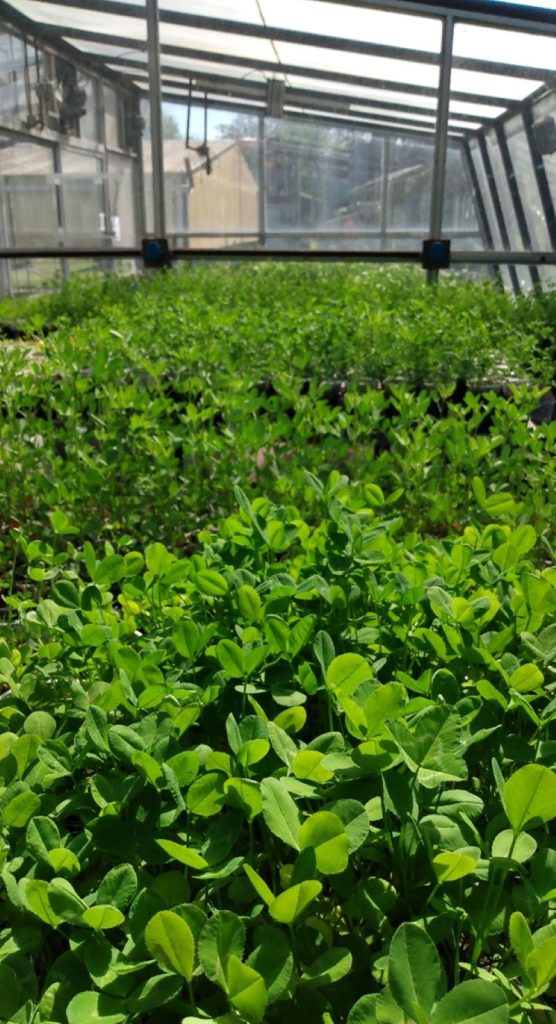
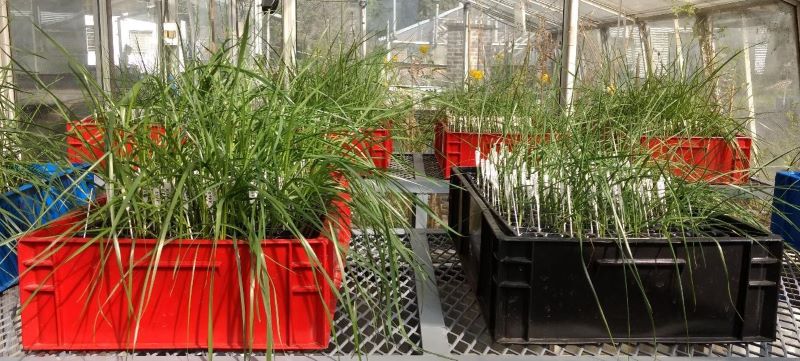
“Evaluación de respuestas morfológicas, anatómicas y fisiológicas de tolerancia al anegamiento salino en Festuca arundinacea y su compromiso con la defoliación”
Proyecto UBACyT (2023-2025) – Directora: CE Di Bella
“Capacidad de dispersión por hidrocoria de propágulos de malezas hidrófitas facultativas establecidas en campos agrícolas inundables”
Proyecto UBACyT (2023-2024) – Director: F Mollard
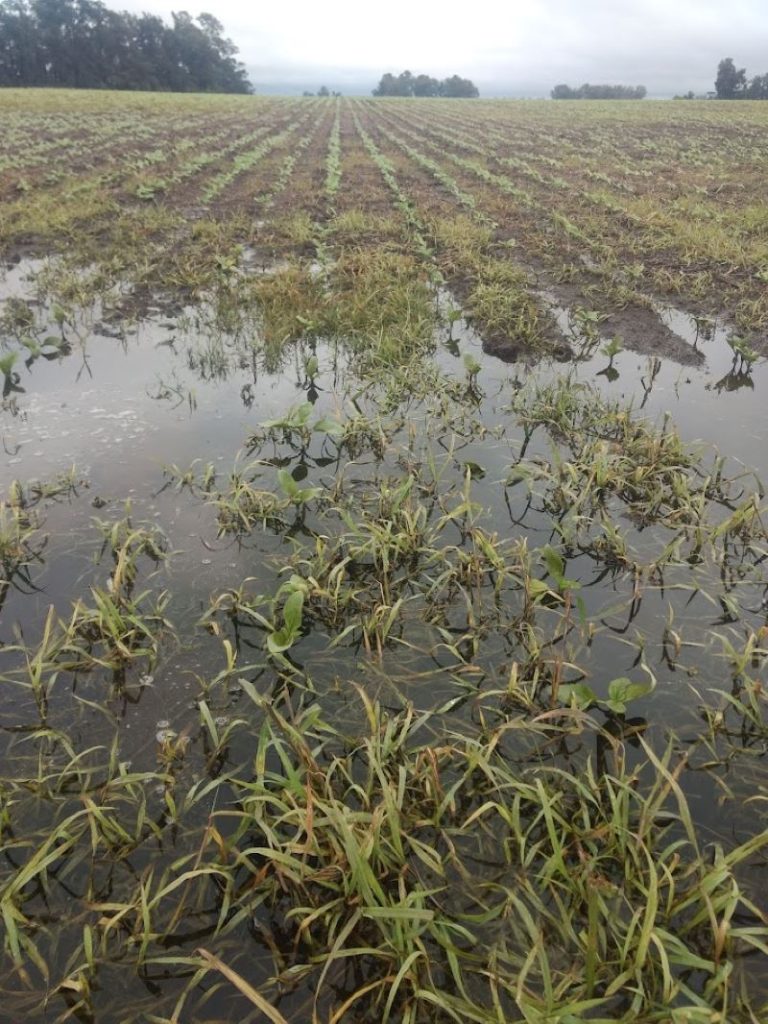
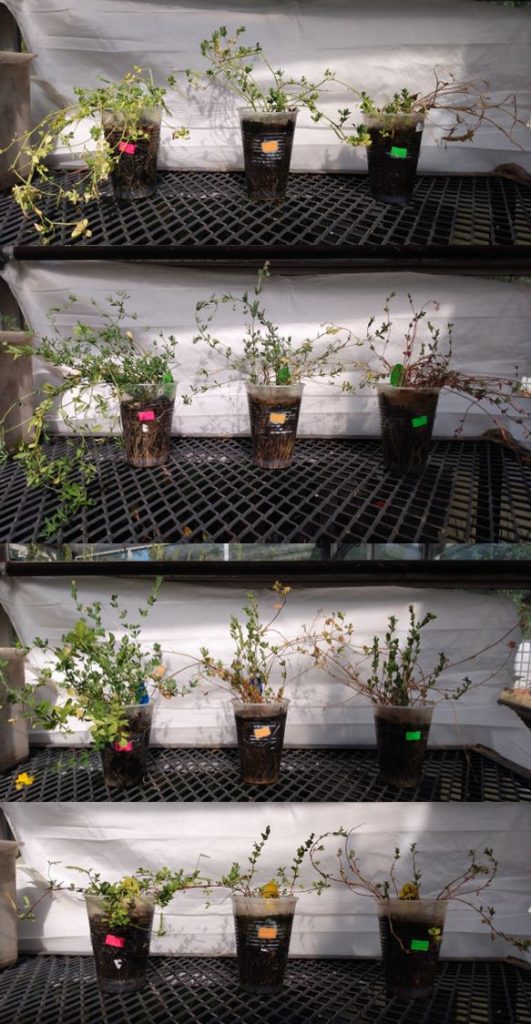
“Mecanismos ecofisiológicos de tolerancia a la inundación asociados con el establecimiento y la producción en leguminosas del género Lotus spp. a nivel individual y de canopeo”
Proyecto ANPCyT PICT (2023-2027) – Director: GG Striker
“Estrés combinado por anegamiento salino: respuestas de tolerancia y su interacción con la defoliación en Festuca arundinacea“
Proyecto PICT (2023-2025) – Directora: CE Di Bella

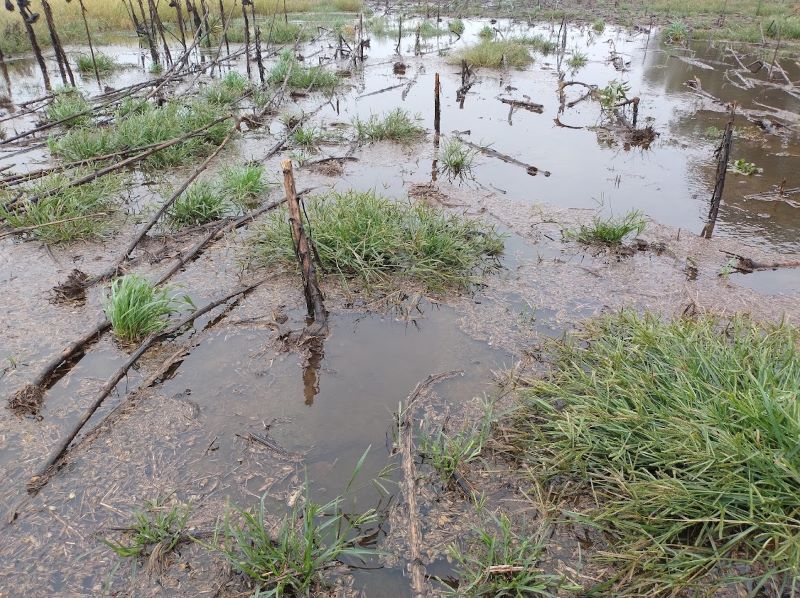
“Enmalezamiento facilitado por las inundaciones: Dispersión, emergencia y establecimiento de malezas gramíneas hidrófitas en campos agrícolas inundables”
Proyecto CONICET-PIP (2021-2023) – Director: F Mollard


